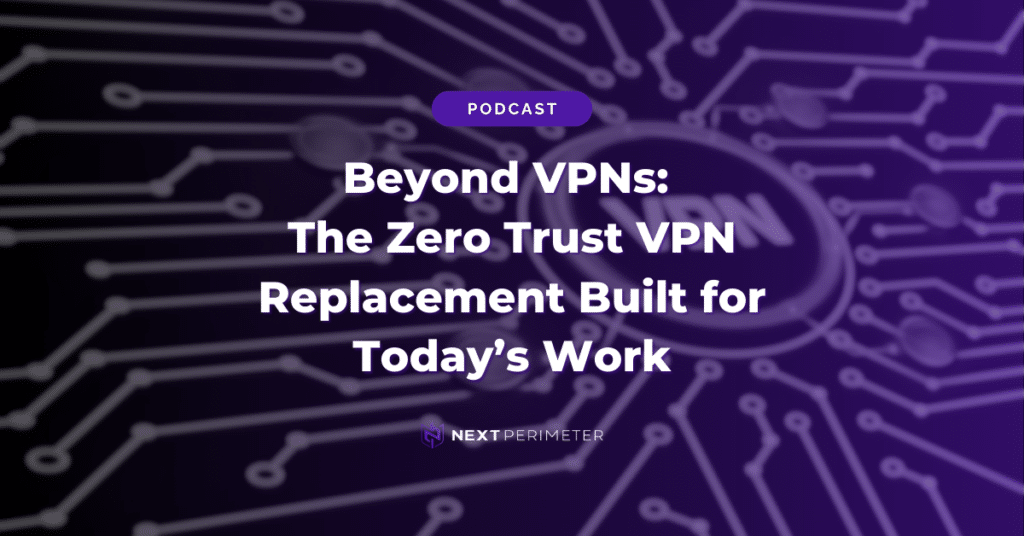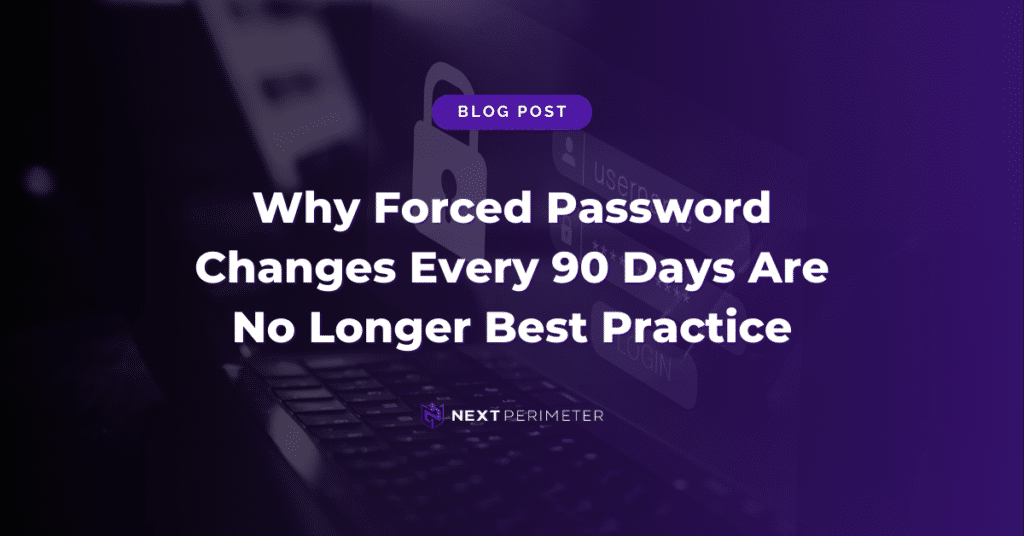The service level agreement (SLA) is a fundamental piece of the client/service provider relationship. It sets the groundwork for expectations through the entirety of the contract. Without the SLA, there would be no way to measure success or failure or to keep anyone accountable. Regarding outsourcing IT, a service level agreement establishes benchmarks for all technical services, including downtime guarantees and response time expectations. Learn what a service level agreement is and how both the client and service provider can benefit.
What is a Service Level Agreement?
A service level agreement is a document that lays out the foundation of what both parties will expect from the relationship. An SLA doesn’t explain how the services are carried out but sets measurable performance standards that the service provider and client must meet. After all, this is a working relationship where both parties have responsibilities. The SLA outlines the terms of service for the entirety of the business relationship.
An MSP’s service level agreement covers two main factors:
Uptime/Downtime
For a client, downtime is costly. Every minute a server is down, and employees aren’t working is potential profit vanishing into thin air. Service providers understand how detrimental downtime is and have tools and procedures in place to keep it to a minimum. The SLA will include the percentage of downtime the provider guarantees.
Response Time
A client expects the service provider to respond to any technical issue quickly. Any service provider wants to offer immediate response times, but often that isn’t realistic. Much like downtime, the SLA will set an achievable response time expectation that a service provider must meet.
What’s Included in an SLA
Expectations
Outlining expectations are a primary purpose of a service level agreement. These are the benchmarks in which all services of the contract will be measured against. Both the client and service provider need to agree on the expectations, and these go both ways. An SLA is meant to protect both parties.
Penalties
Setting expectations mean nothing if there aren’t consequences for failing to meet them. Penalties are included in an SLA as a way for a service provider to compensate a client when they don’t meet expectations, and vice versa. A typical penalty is for a service provider to credit the client for services they couldn’t provide. On the other hand, if a client fails to hold up their end of the relationship, the service provider could void the contract and walk away from the agreement.
Exclusions
There will be situations when the client or service provider won’t meet expectations and not suffer any consequences. These are events that are beyond anyone’s control, most notably natural disasters. It would be difficult to hold a party responsible if a flood or tornado destroyed their office.
Why is an SLA Important?
Simply, an SLA provides accountability. Entering a business relationship is an investment for both parties. As the client, you want to make sure they get what you’re paying for. When you work with a managed service provider, you expect them to hold up to their side of the agreement.
A service provider who consistently falls short of expectations is not worth the free services you accumulate through the penalties.
Now that you understand what a service level agreement is, think back to past service providers. Did they hold up their side of the deal? Is your current MSP failing to meet even the most basic expectations?
If it’s time for a change, give Next Perimeter a call at 888-286-4816 to talk to a specialist today. You’ll learn more about the quality of service we provide and can schedule a free network assessment to see our team in action.




